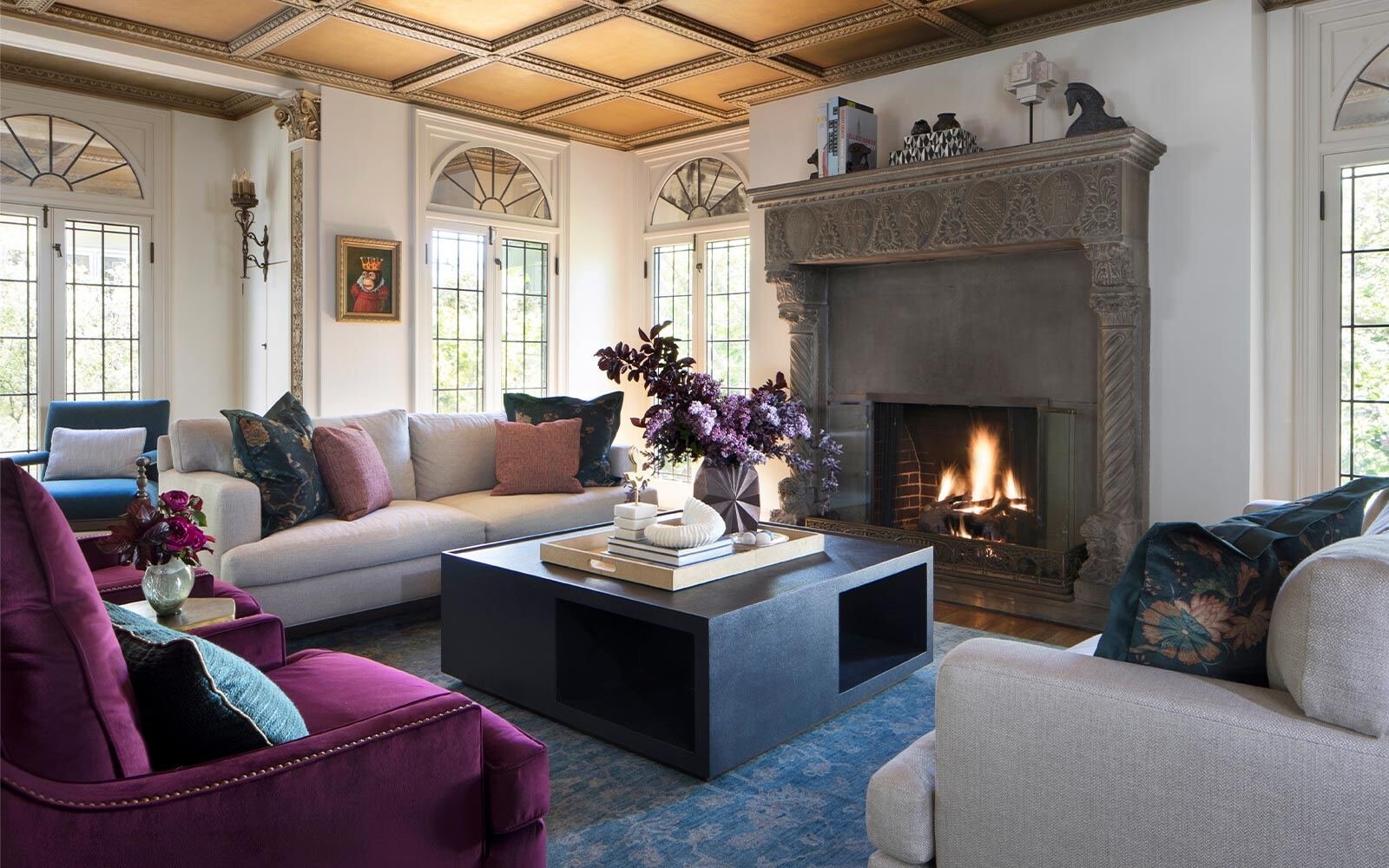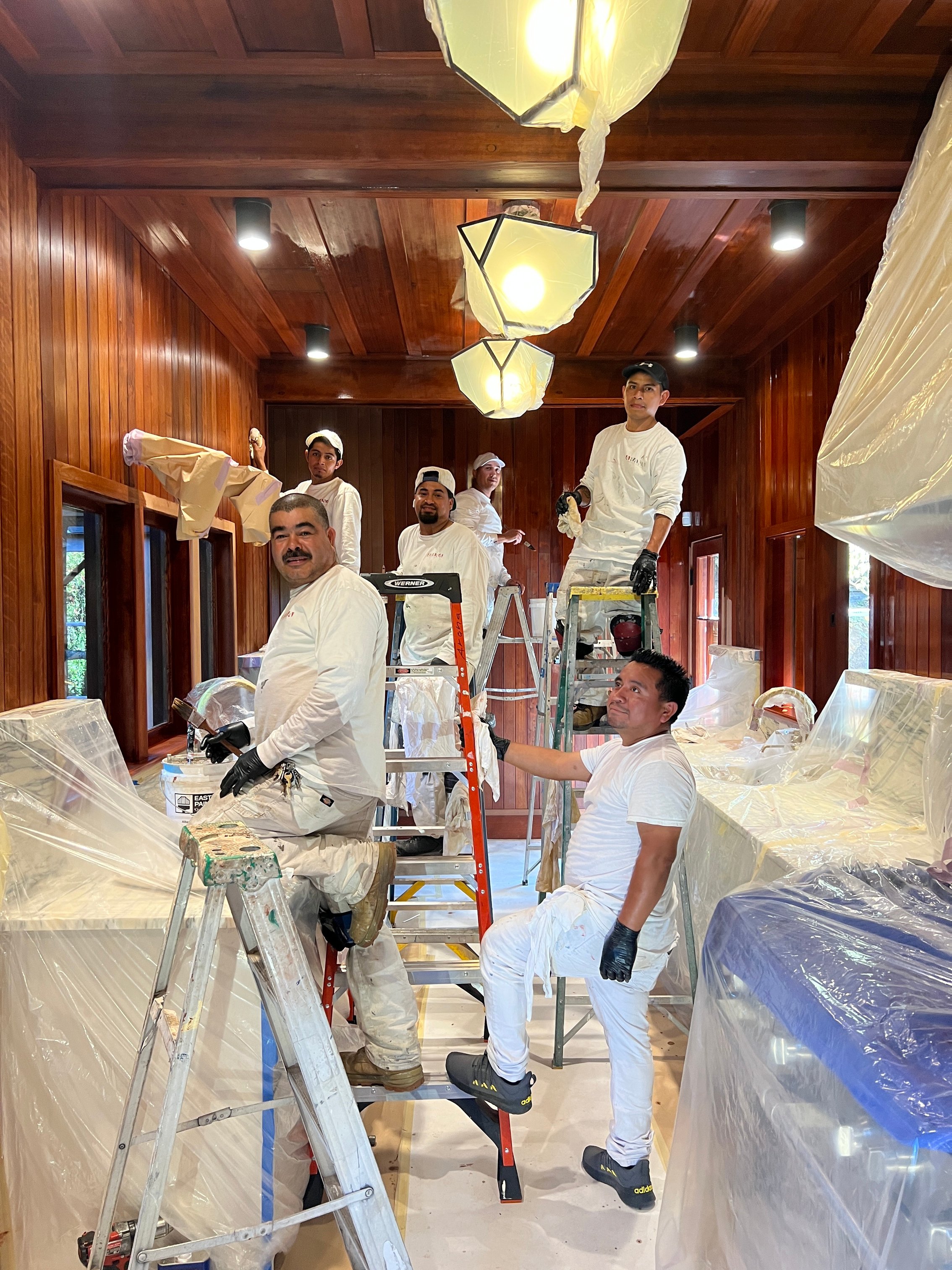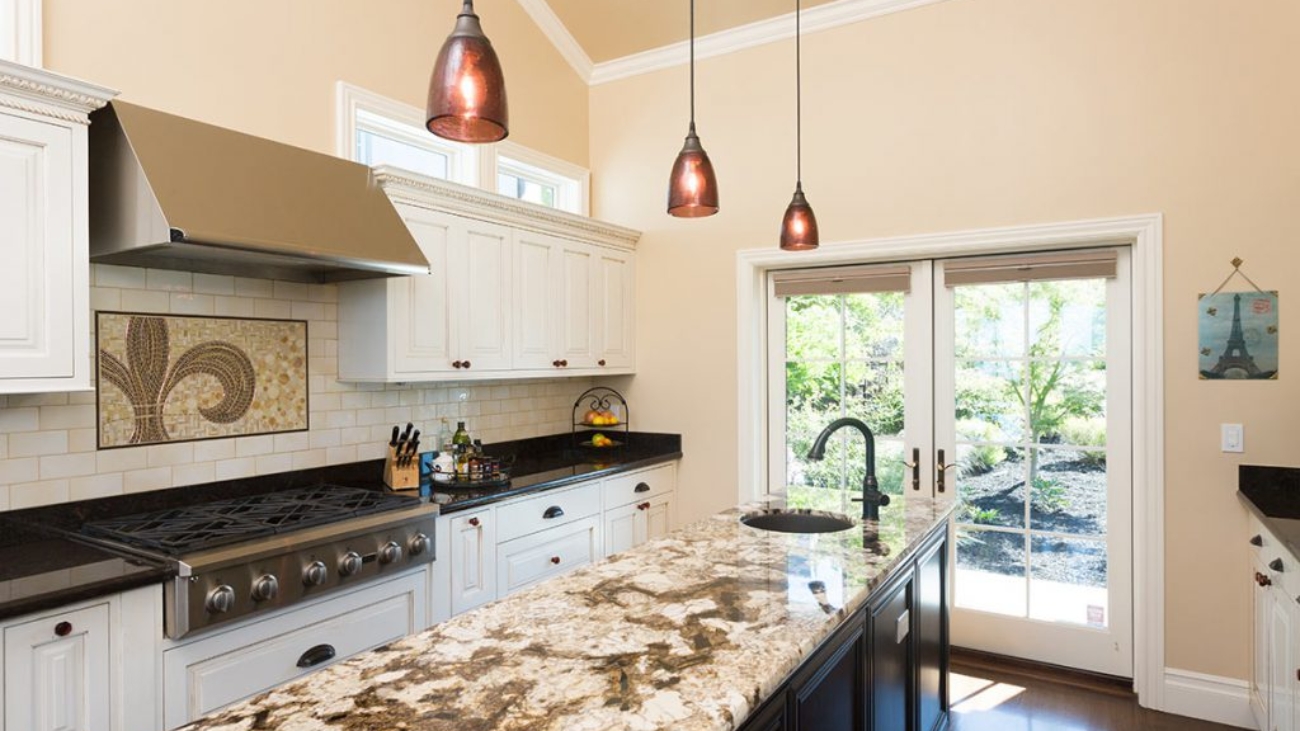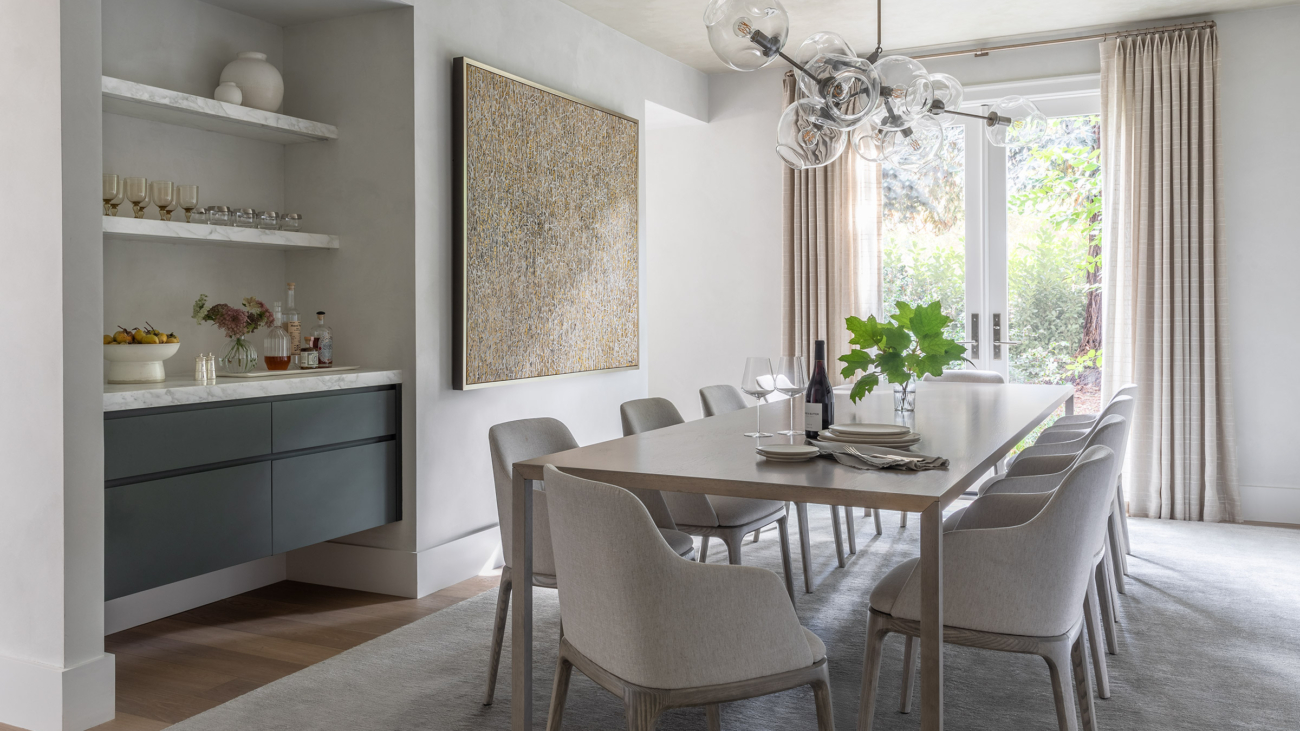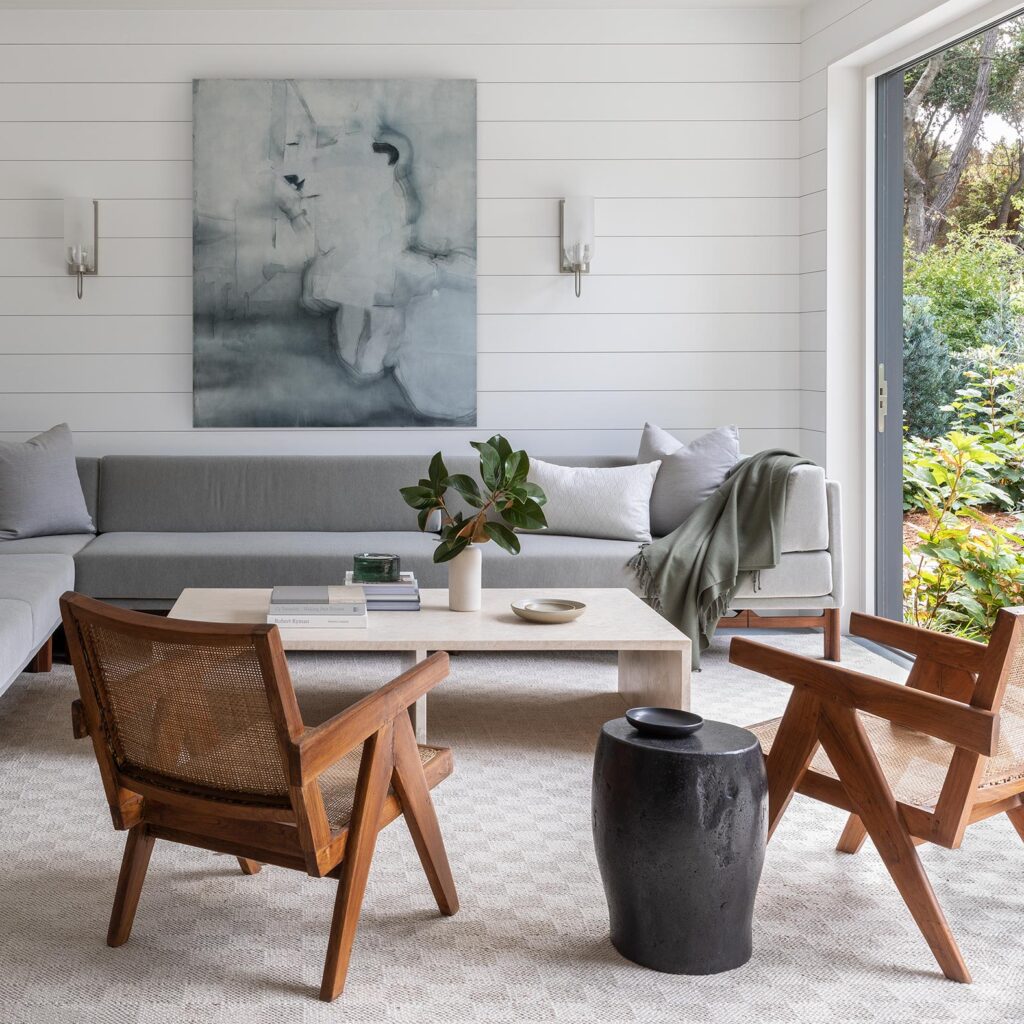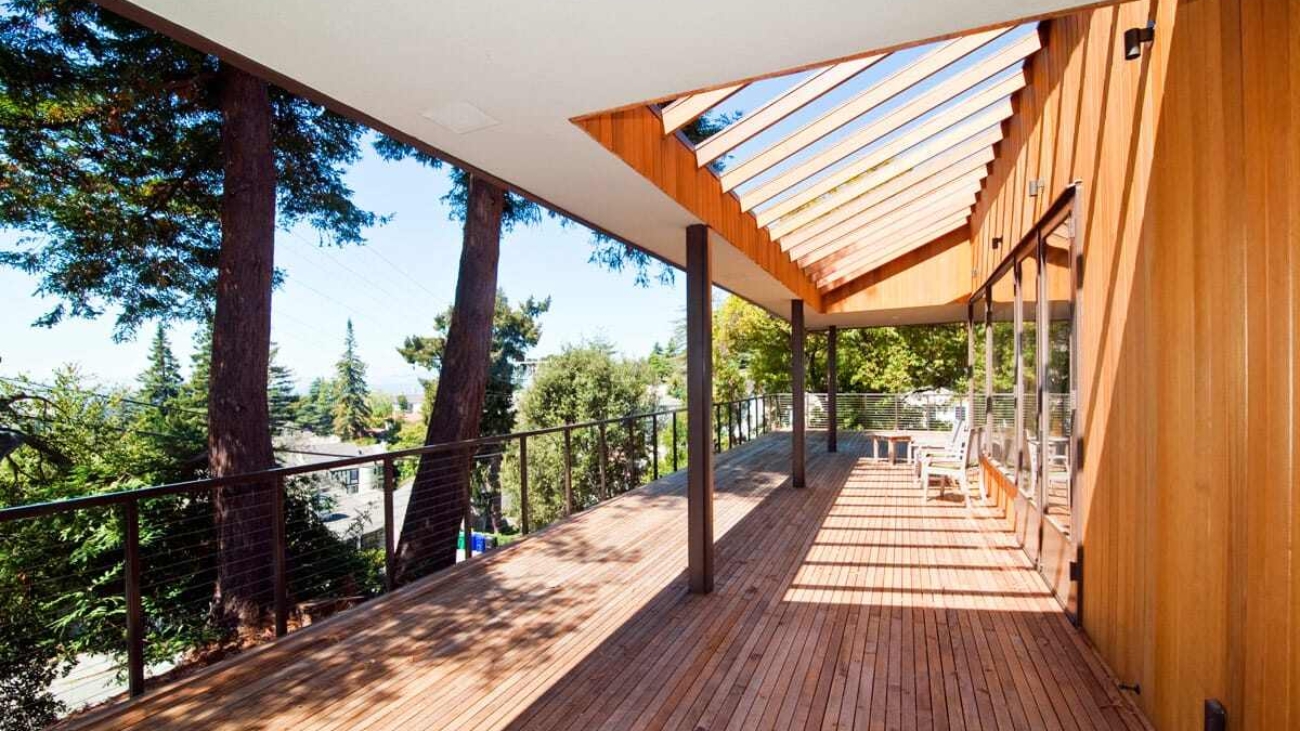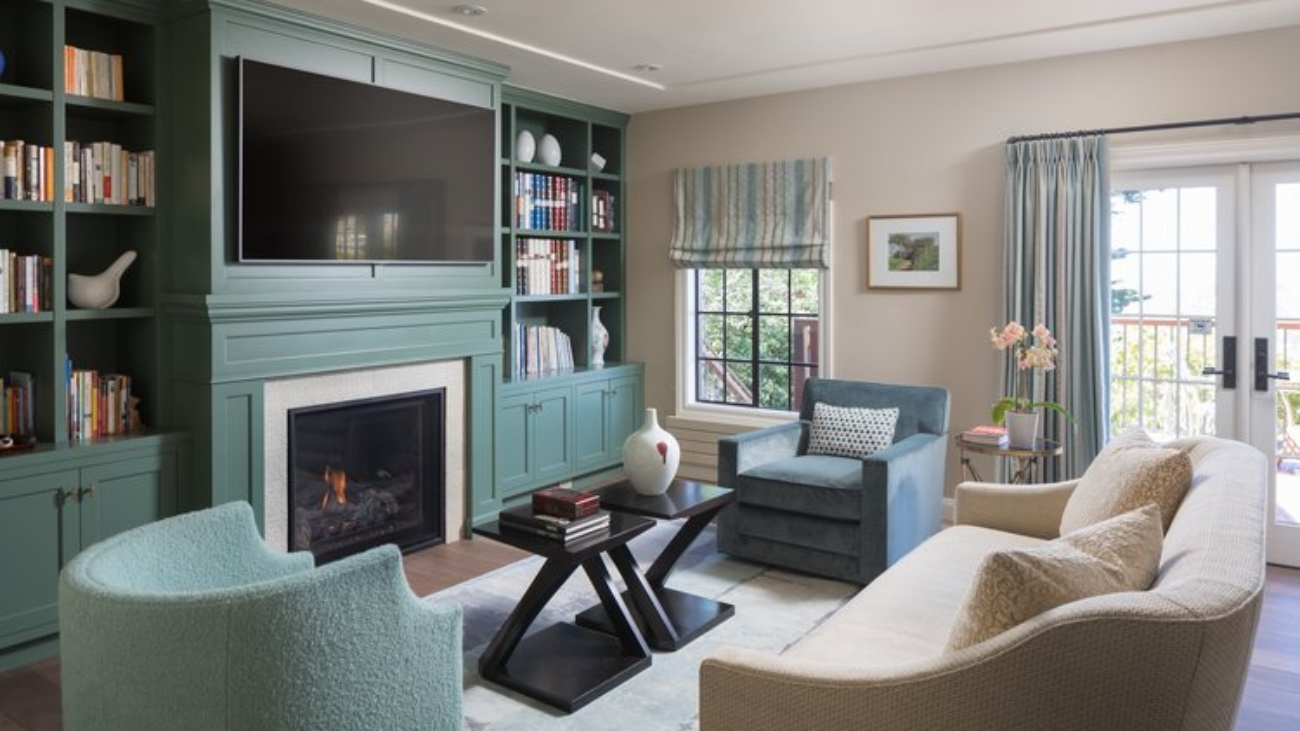The glass art greets one on the approach to her front door, sculptures both vertically and horizontally oriented, in the garden and on the porch. I am at the home of Mary Albert, glass artist, and longtime Arana client. Fans of our newsletter may recognize the sumptuous interior colors she chose for her basement ADU which we’ve featured before in this newsletter, or her kitchen with the art-tile backsplash, included among the many favorites in our cookbook.

We start our tour in the driveway; her mosaic tiles in non-matching designs are set along the two sides. The tiles used to be just laid in the dirt, until somebody stole one, and she took the rest inside to reassess. “Why did they take THAT one? Am I angry or am I flattered?” she mused at the time. (Today, the missing tile has been replaced by a new one, and all 26 are now permanently installed.)
The garage door opens to reveal an inviting mad scientist’s/artist’s lair, outfitted all around with shelves holding pounds and pounds of colored glass and gear; workstation front and center.

Inside the house, our first stop is the dining room table where all of her current for-sale pieces are laid out in piles and wrapped in foam, awaiting pricing for her next show. More of her glass-art dishes, plates, plaques, and organic shapes are displayed throughout the house, sometimes next to pieces made by other glass artists she respects and admires. We visit her kitchen, featured in Arana’s cookbook, and I get to see close-up the mosaic backsplash featuring a fleur de lys; a piece she commissioned mosaicist Gina Domingue to make for her and that they built to be removable, should she ever decide to move.

We retire to the back balcony, surrounded by chirping birds and more of her outdoor landscape adornments, a set of glass and cement stepping stones are visible in a path that meanders down through the garden below.
Our interview begins… Artist, artisan, crafter? All of the above.
Mary explains, “People love the Craft vs. Art discussion. I don’t hold that distinction, necessarily I think possibly the difference is that craft is usable and art is a visual feast; and so many arts are crafts and so many crafts are art.
“When I started, I was making pieces I was really enjoying making, which were very large and kind of expensive to make, and they weren’t selling the way I wanted them to.
“I didn’t know what I was going to do to change that. I started looking at ways to use up scrap glass. Every week I would make small pieces with that; wasabi dishes, sushi dishes, dessert plates for petit fours, and they were selling – people loved them!

“The big stuff, people think, ‘What am I going to do with that? Who can I give it to? I can’t afford it.’ But then, sometimes something speaks to you and you really want that thing. Someone might say to me, ‘I love that! Do you have anything like that, but smaller?’”

Her light eyes sparkle as she speaks. “What’s been lovely is that people come back a couple months later for the larger piece: ‘Do you still have it? I can’t stop thinking about it! I really want it.’”
Her voice has distinctive rasp, and a cadence that is almost bubbly but with an underlying intensity, the fierceness with which she approaches everything – from her past experiences as a law school student, a denizen of corporate America, a second career as a voice-over actor, and now her work making fused glass. Her nom-de-kiln is Glass-Vox (glass-vox.com), a nod to her two favorite professions.
Utility and beauty are almost equal parts of her ethos. “I like making things that people can use. Most of what I make is useful – not just art. I believe to my core that art is crucial. And, I like color. I love to set a pretty table! If you have color popping on that table, that’s fun!”

At the time of publication, Albert and other artists like her are gearing up for holiday craft sales. While she is adept at gift-sized art, Albert is not in the business of making multiples past an individual set.

“A lot of people go into production and they are brilliant at it,” she notes. “But I don’t typically make the same thing more than once.” Her plates come in sets of two or sometimes four. “I have too many ideas in my head to do sets!” she laughs. “I love a matched pair and have done things that are similar or could go together; I will use the same color palette to make a serving set – bowl, platter, plates – but they will not be exactly identical.” She doesn’t repeat her mosaic pieces, either.
Albert’s “functional art glass” is also not just for sale. She regularly donates pieces to community fundraisers and rents work out for staging homes.
Her passion for glass art started with a class in the early 2000s, and later, joining The Crucible in 2013 was a turning point, giving her access to a large-scale kiln to make bigger pieces, as well as immersing her in the inspiration and encouragement that comes from being among a community of fellow women-artists.
She says, “What I discovered, working alongside this group of all-women, some who had been doing this for 20-plus years; they were all so generous and kind, offering advice and suggestions and tips…. In the classroom you are making smaller pieces. Once you join a lab, you are sharing molds and other resources. You learn so much in that situation, even just observing, and that emboldens you to try something new.”
The kiln itself is a collaborator and co-conspirator. Albert describes, “A lot of magic happens in the kiln; forgiveness and joy comes out of the kiln. You put something in and you didn’t know it would flow like this and fill in that gap and when it comes out, all the faults I saw going in have corrected themselves; the kiln makes me look good.”

We finish our meeting with a tour of the downstairs ADU. Where the main living area of the house boasts a more subtle palette, the ADU is where Albert let her imagination run a little wilder. With the assistance of a color consultant, and her experience in a painting-textures class, she selected the rich coppery textured wall for the entry and kitchen, and the deep “dark cherry” almost-purple textured walls with glossy chocolate-brown trim and ceiling in the living room – colors that evoke a feeling of “steam-punk” luxe.

Our very last stop on the tour is back out front, admiring more of Albert’s glass art pieces, which are placed amongst the river rocks around a tree in that little patch of garden next to the sidewalk; all of which, so far, remain in situ.
_____
Resources and Recommendations:
Glass Art Classes
Alameda Art Lab
Bullseye Glass Resource Center
Stained Glass Garden
Studio One
The Crucible
2024 Holiday Art and Craft Shows
Shadowlands Holiday Faire & Holiday Teas; Shadelands Ranch Museum, Walnut Creek, November 30-December 15
Oakland Cottage Industry Show; 4101 Park Blvd., Oakland, December 7
GIFTY at The Crucible 1260 7th St., Oakland (near West Oakland BART), December 7-8 (Mary will be there on the 8th)
View Mary Albert’s Work
Instagram: @glassvoxbyhand
Website: glass-vox.com
Private showings on request
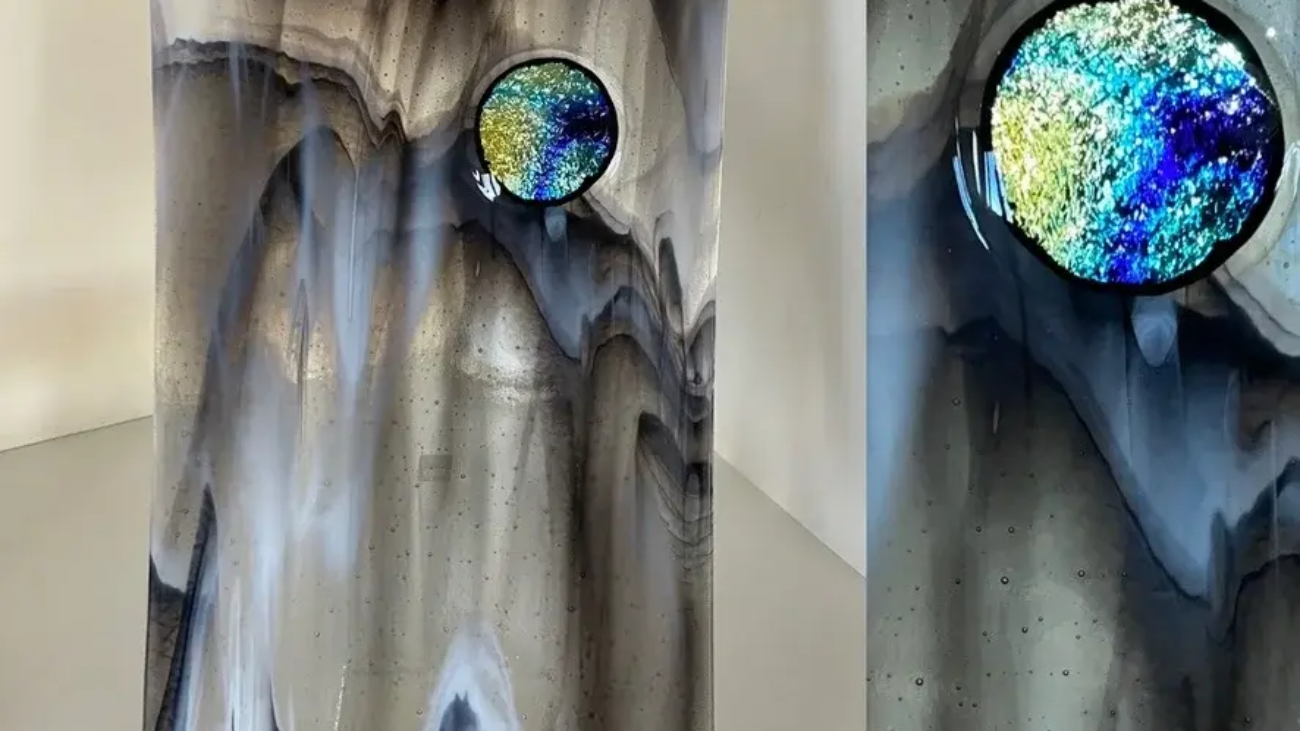


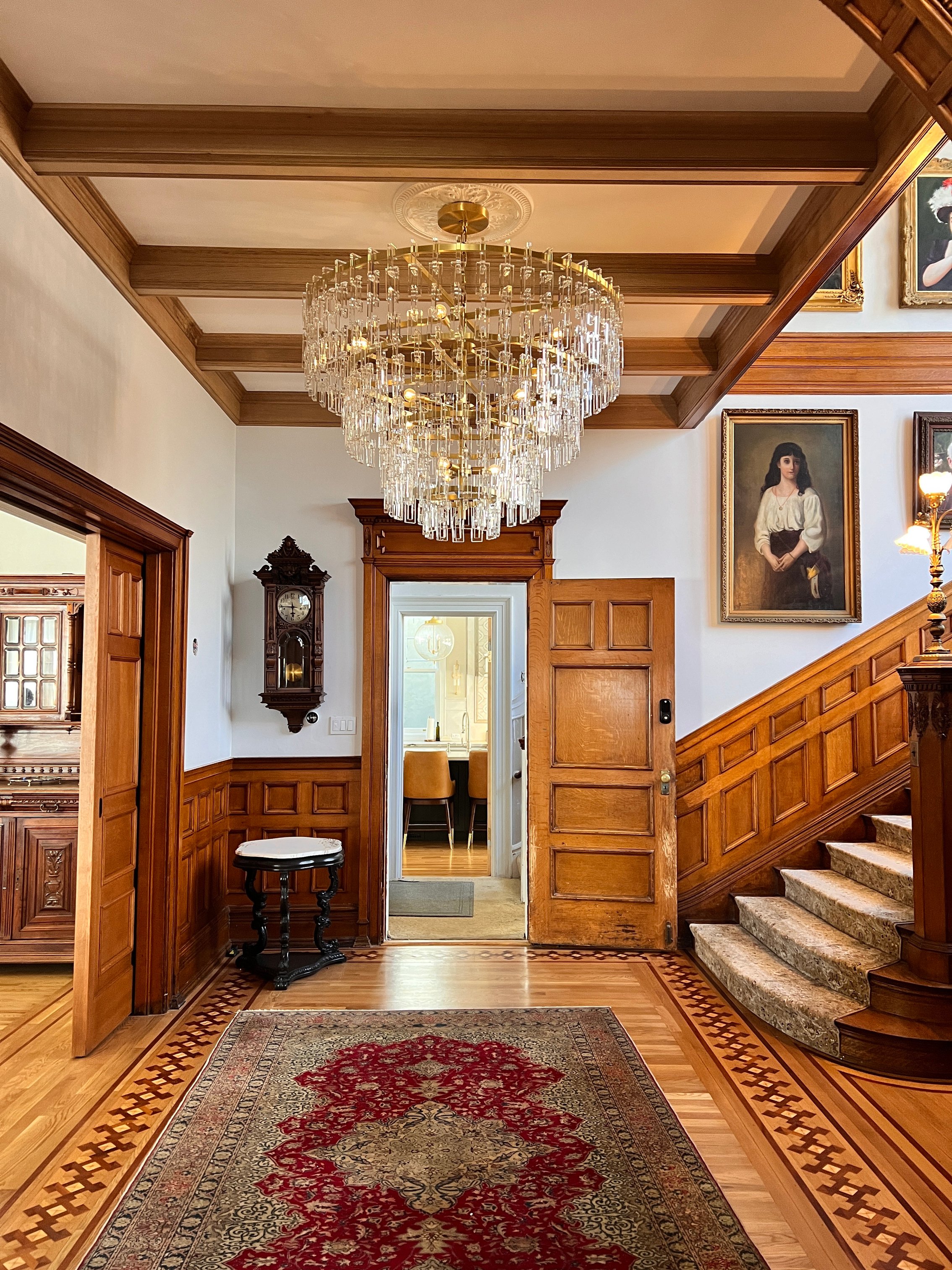

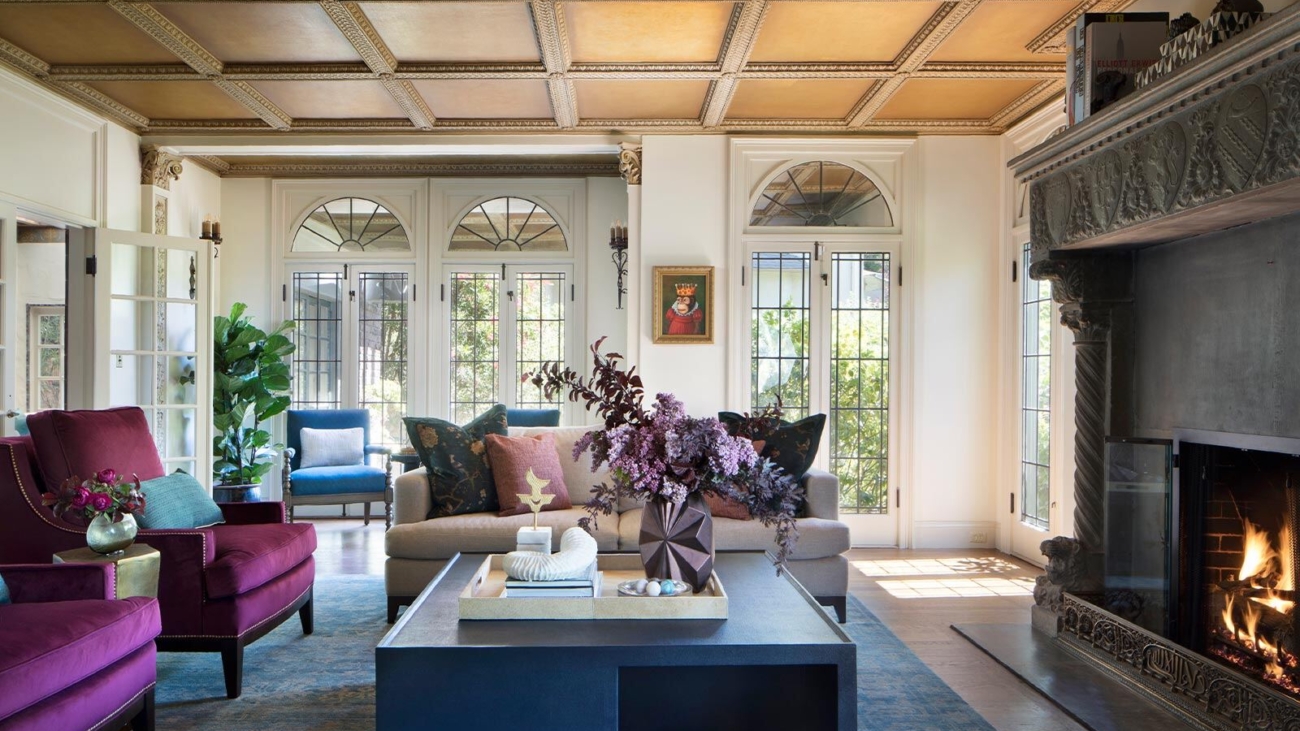

%20for%20web.jpg?width=770&height=513&name=Morse%20House%20Entry%20LMB%20Interiors%202019_10_29_0548b%20(1)%20for%20web.jpg)
%20for%20web.jpg?width=1500&height=1000&name=Morse%20House%20Living%20Room%20LMB%20Interiors%20alt%20view%202019_10_29_0323%20(1)%20for%20web.jpg)
